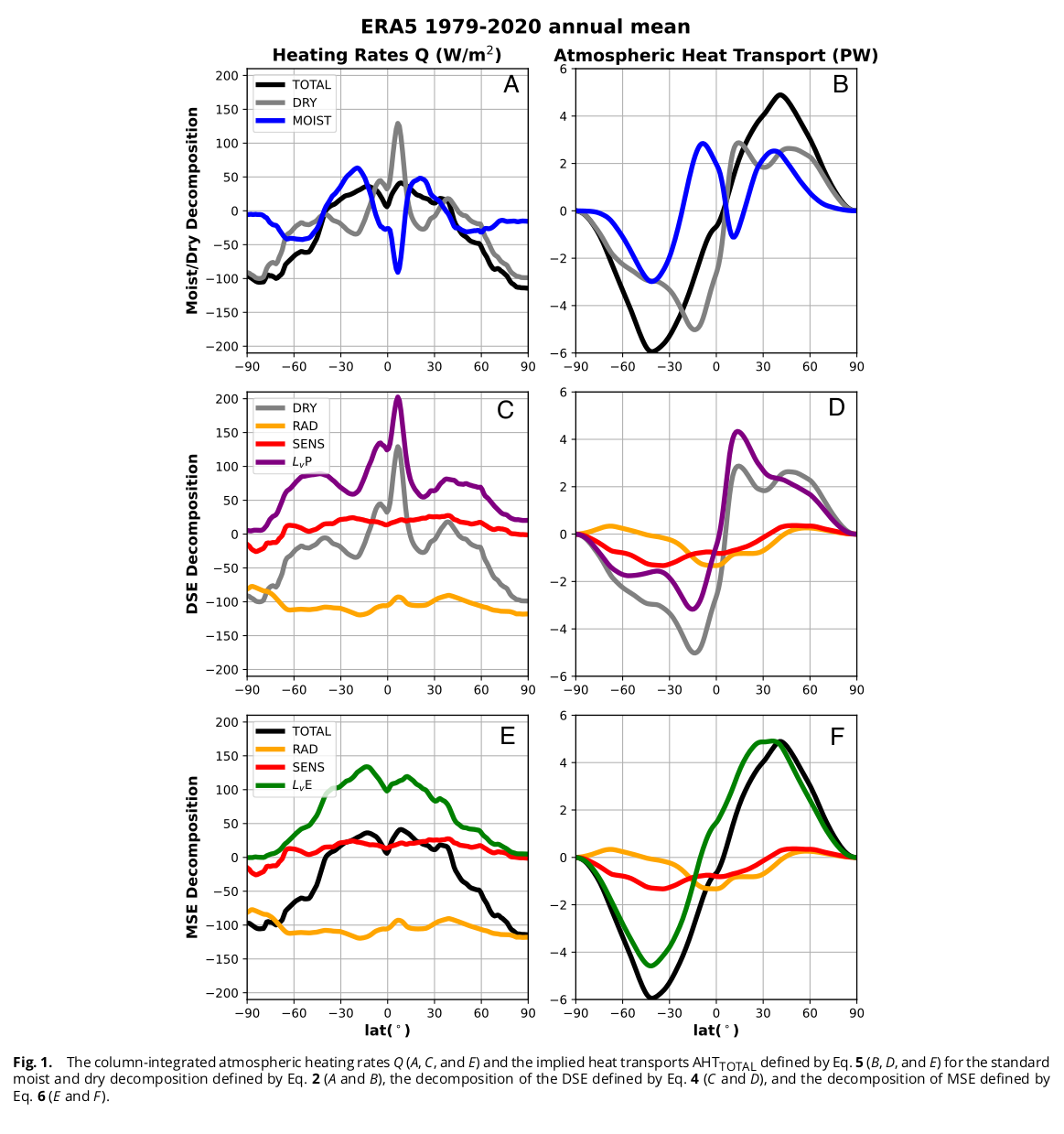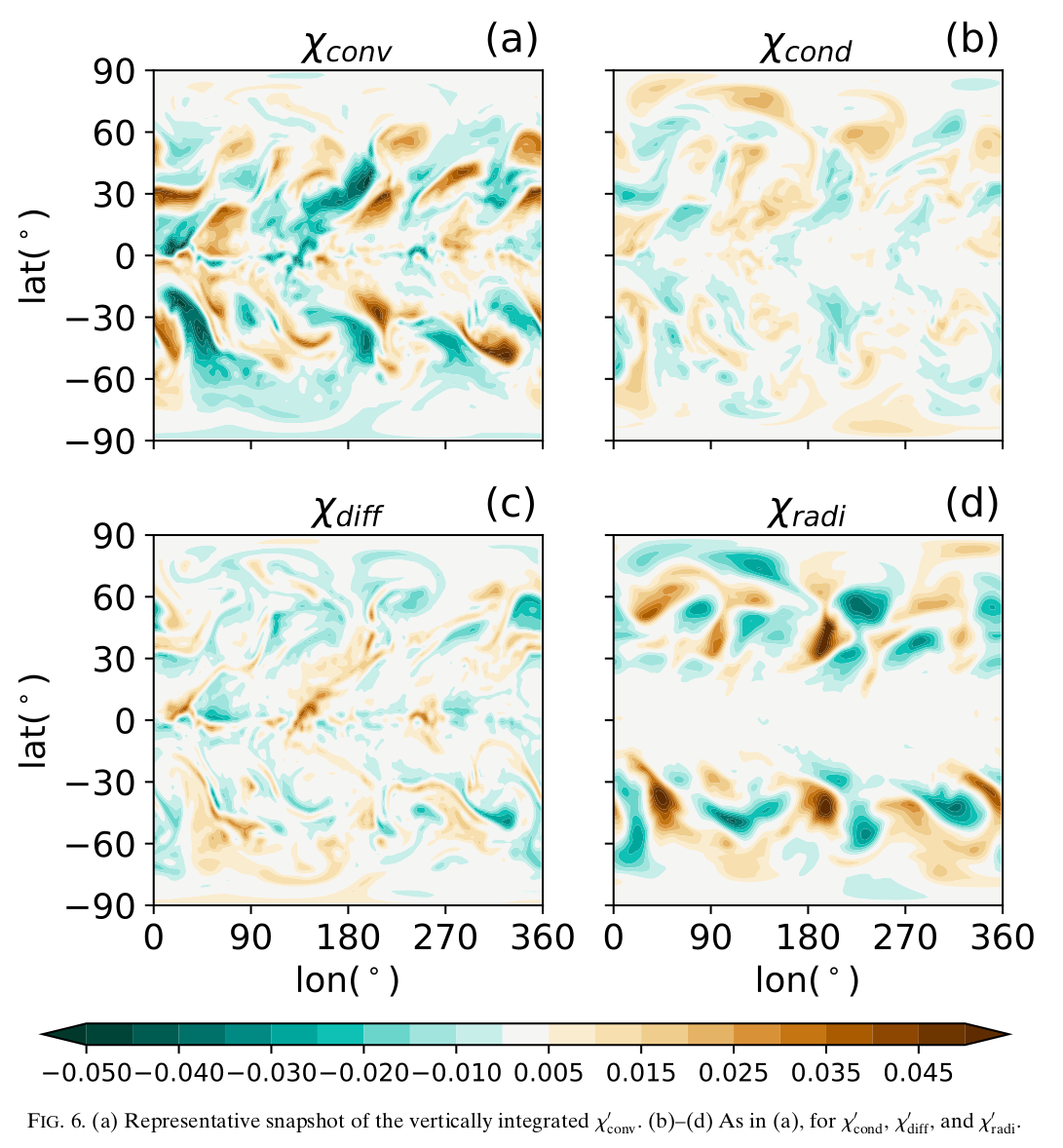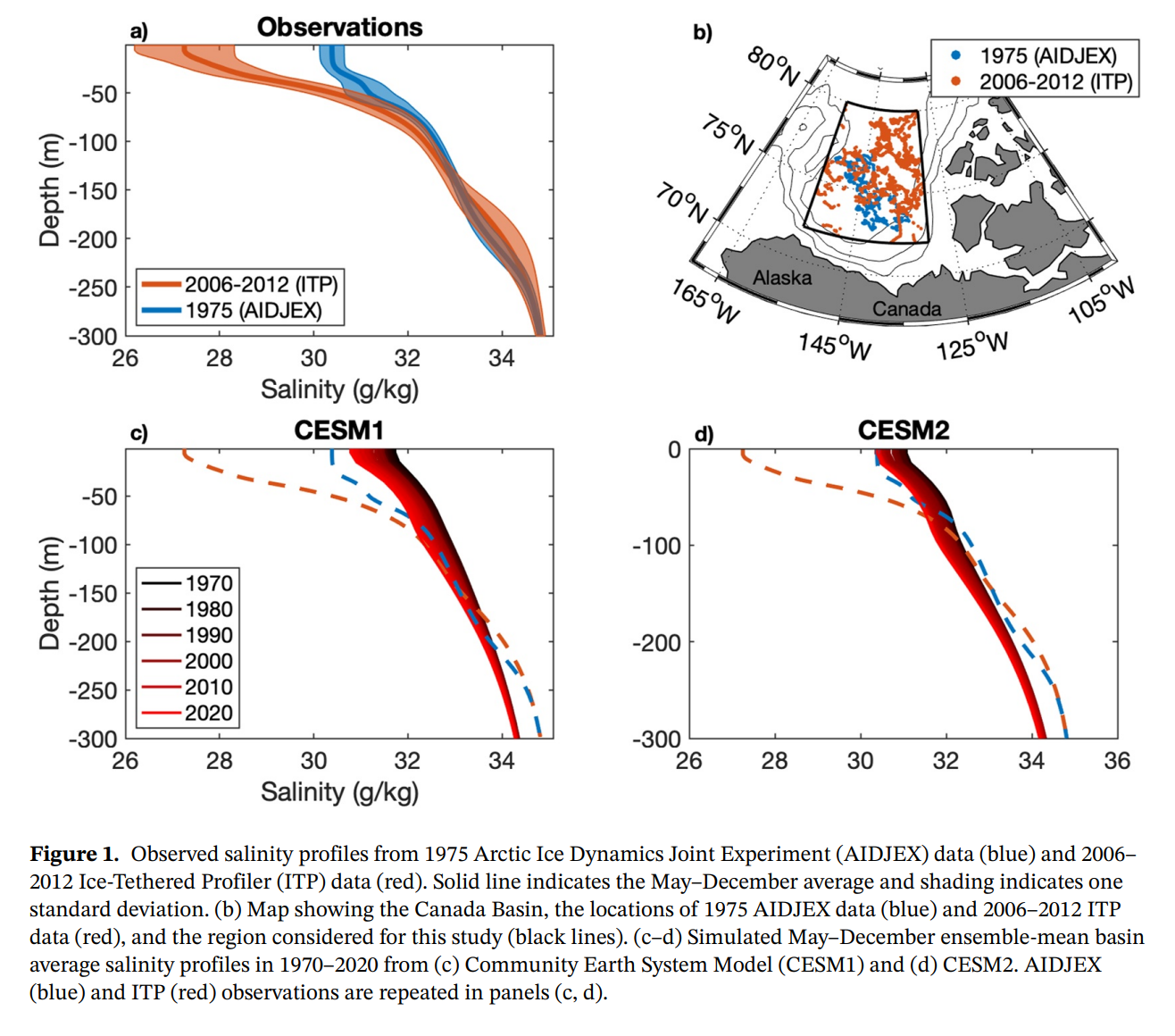McGill Climate and Large Scale Dynamics Group
Opportunities
Graduate
- I am not currently accepting graduate students for 2025 or 2026.
Undergraduate
- If you are interested in working with me over the summer, please reach out to me by early February 2026. It seems early, but there are some awards that will have application deadlines in February or march.
Postdoctoral Fellows
- Please reach out if you are interested in a working with me as a postdoc.
- McGill Postdoctoral Funding Oppurtunities
Research Topics
Below are a list of some of the topics that I am actively working on. Please feel free to contact me if you are interested in discussing further.
Evaporation and the Dynamics of the Water Cycle
Evaporation is a massive transfer of energy from the ocean to the atmosphere, and has large equator-to-pole gradients. An immediate consequence of this is that the distribution of evaporation is crucial to the heat transport of the atmosphere and ocean, and couples the two of them together. Also, the distributions of evaporation and precipitation are important for maintaining the cycling of water from the ocean to the land, which is important for humans and natural ecosystems. I am interested in understanding what controls evaporation, and how biases in evaporation are linked to biases in heat transport and precipitation.
Recent Publication: Fajber, Robert, et al. “Atmospheric heat transport is governed by meridional gradients in surface evaporation in modern-day earth-like climates.” Proceedings of the National Academy of Sciences 120.25 (2023): e2217202120.

Diagnostics of Atmospheric Transport
The transport of heat and moisture in the Troposphere is complicated by the fact that the transport is non-conservative. For instance, condensation of air parcels removes moisture and adds heat to the dry component of the air. This heat and moisture transport can play an important role in connecting distant regions together, and diagnosing it properly is important for understanding the remote effect of atmospheric moistening and heating on both the mean climate and extreme weather anomalies. To better understand this transport I have been working on using “tagged tracer” methods, which account for both the transport and non-conservative effects of heat and moisture transport. Recently I have also become interested in the transport of smoke from wildfires.
Recent Publication: Fajber, Robert, and Paul J. Kushner. “Using “heat tagging” to understand the remote influence of atmospheric diabatic heating through long-range transport.” Journal of the Atmospheric Sciences 78.7 (2021): 2161-2176.

Sea Ice
Since the upper arctic ocean is so close to freezing, its density is controlled primarily through salinity. Since sea ice is mostly fresh water, freezing and melting sea ice changes the density of the ocean below it, and links the stratification of the upper ocean to the sea ice. Along with Erica Rosenblum I have been studying the connection between upper ocean stability and sea ice in climate models, and found that the climate models do not reproduce the relationships found in observations. Further understanding these changes is an active area of research.
Recent Publication: Rosenblum, Erica, Fajber, Robert, et al. “Surface salinity under transitioning ice cover in the Canada Basin: Climate model biases linked to vertical distribution of fresh water.” Geophysical Research Letters 48.21 (2021): e2021GL094739.

